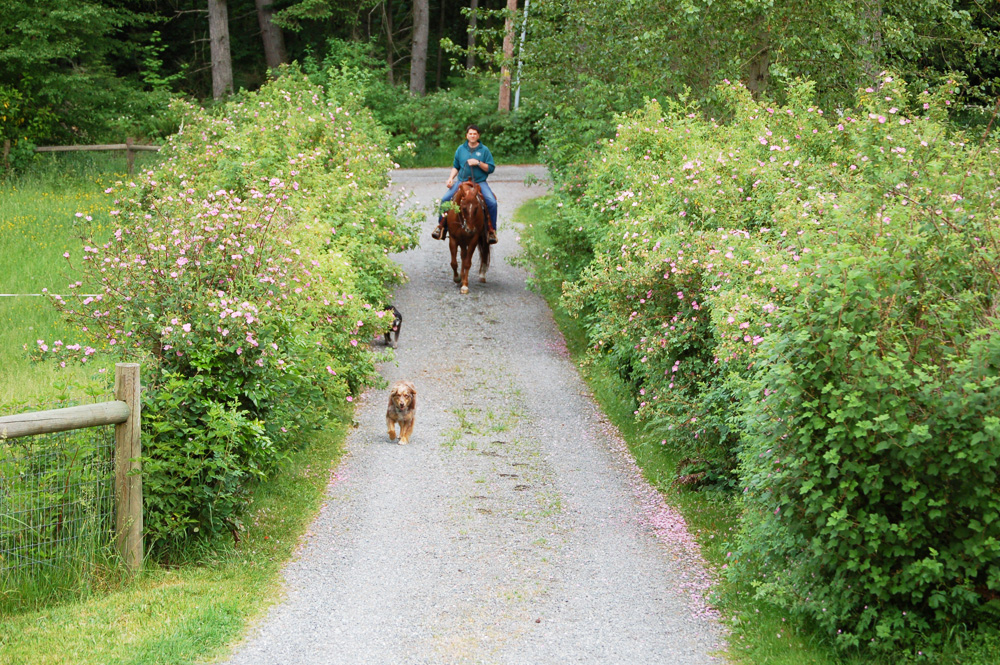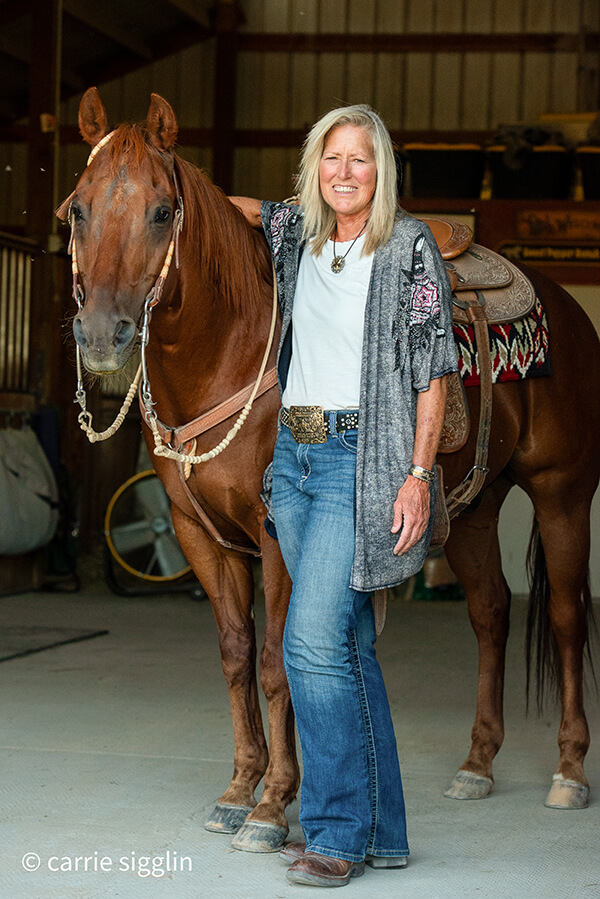Strategies for Protecting Beneficial Insects
by Alayne Blickle
This past June the King Conservation District and Horses for Clean Water sponsored several Xerces events in various King County, Washington locations. In case you haven’t heard of Xerces, I would like to introduce you to them and their mission. Xerces is a science-based, international organization headquartered in Portland, Oregon whose mission is to protect and preserve native insects and other macro-invertebrates.

Native bees, butterflies, and other insects provide an essential service for the environment. In fact, according to Xerces, native pollinators support over 85% of the world’s flowering plants and more than two-thirds of the world’s crop species, plus they are fundamental to agriculture, gardening, and natural ecosystems.
Sadly, on our planet we are losing insects at an alarming rate, mirroring our decline in animal species. In recent years we have witnessed a 90% decline in Monarch butterflies and many species of bumble bees are on the brink of distinction. In North America there are over 3,600 species of native bees, but bees in general are in a worldwide decline. Our June Xerces workshops focused on ways to protect and enhance native insects in agricultural landscapes.
There are two big things horse owners can do to help reduce this decline:
- Avoid or decrease insecticide use, including spraying for mosquitoes.
Insecticides don’t just harm pest insects; they impact beneficial ones as well. Spraying at night helps minimize impacts to pollinator insects that visit flowers. However, this doesn’t decrease exposure for ground beetles and other beneficial insects, so other least-toxic methods of pest control are healthier options. These include hand-removing pests, using soap-based insecticidal sprays, and utilizing plants that are more disease resistant to begin with, such as native plants.
Note: when using fly spray on horses apply the spray inside a barn, away from flowering plants and foliage where beneficial insects may live.
- Increase pollinator habitat in your yard, garden, along pasture edges or in corners.
This is the easy and fun part! Plant flowering plants, particularly natives. Strive to have something flowering early spring through late fall to give pollinators food all year long. Native plants are perfect for this job but there are plenty of other naturalized garden plants which are good for insects including easy-to-grow purple coneflower (Echinacea), black-eyed susans, cosmos, nasturtiums, sunflowers, as well as garden veggies. Remember that flowering plants that don’t produce pollen aren’t helpful to native insects so stay away from plants like dahlias, or hybrid roses.
Bees also need places to nest. Native bees are solitary and don’t build the waxy or paper structures we associate with honey bees or wasps. Most nest in small tunnels or cells they construct underground, or those left behind by other insects. This means that leaving some bare ground unmulched can be a huge resource for beneficial insects on your property. Some prefer the hollow-stems of cane plants like berries. Others prefer deserted rodent burrows or sandy soils. Keep this in mind when planting or utilizing your property.
The easy take-home message is this: Plant more native plants. Reduce pesticide use. Protect and enhance insect habitat and nest sites.
Happy bugging!

Alayne Blickle began in the 1990’s as a pioneer in water conservation and natural resources conservation by creating the entrepreneurial consulting business, Horses for Clean Water, an award-winning internationally acclaimed education program that looks for horse-healthy, nature-based solutions to land management challenges. She continues this work today partnering with agencies, organizations, and horse owners throughout North America and worldwide. She is a regularly contributing writer and photojournalist to several equine publications.
Alayne lives with her horse trainer husband, Matt Livengood, in southwestern Idaho where they raise and train AQHA horses and mustangs on their eco-friendly horse ranch. Contact her through the Horses for Clean Water website or through their ranch website Sweet Pepper Ranch.
For more information contact Alayne at alayne@horsesforcleanwater.com or 206-909-0225.




